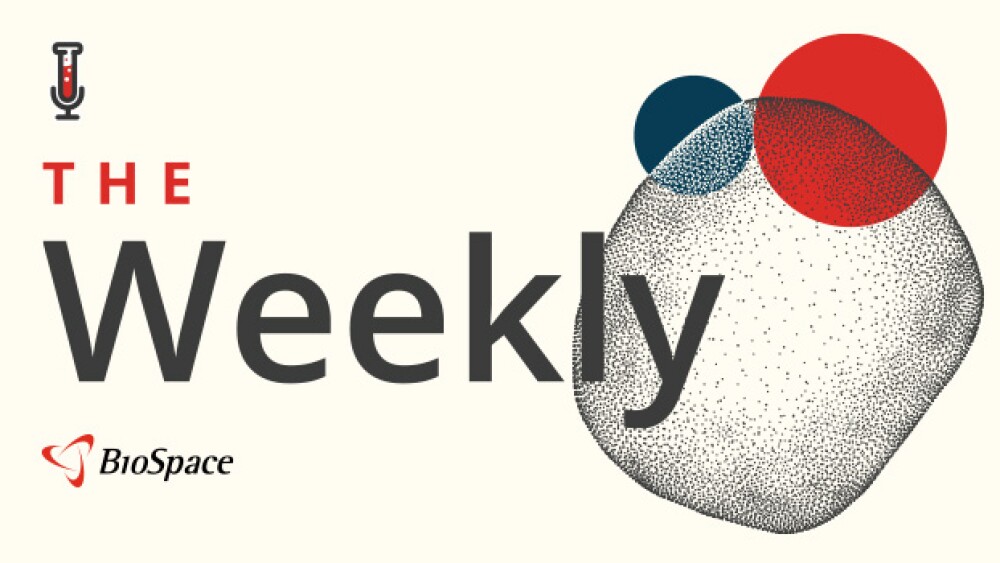HONOLULU, Oct. 30 /PRNewswire-FirstCall/ -- Shire plc , the global specialty biopharmaceutical company, today announced findings at a major medical meeting from a Phase IIIb study of the tolerability and effectiveness of Daytrana(R) (methylphenidate transdermal system) in adolescents aged 13 to 17 years diagnosed with Attention-Deficit/Hyperactivity Disorder (ADHD). In addition, data regarding the pharmacokinetic profile of Daytrana in children and adolescents was also presented. Daytrana, the first and only patch for the treatment of ADHD, is indicated for use in children aged 6 to 12 years with the disorder.
Daytrana delivers medication directly through the skin into the bloodstream and is designed to release methylphenidate continuously while applied to the skin. Daytrana is approved by the US Food and Drug Administration (FDA) for a wear-time of nine hours; however, the patch can be removed earlier to accommodate changing schedules or to help manage late day side effects, allowing parents, working with physicians, to tailor the treatment to a child's specific needs. Daytrana is available in 10-mg, 15-mg, 20-mg, and 30-mg patches.
Long-Term Open-Label Tolerability and Effectiveness Study in Adolescents with ADHD
In this study, Daytrana participants were titrated to their optimal dose over five weeks and were then maintained on that dose for an additional five months. Participants from a previous double-blind, seven week study were able to enroll. In this seven week study, Daytrana was shown to significantly improve ADHD symptoms as rated by clinicians and parents compared with placebo. The frequency of adverse events was typical of these seen in studies of oral methylphenidate in adolescents, with the exception of dermal reactions. The long term extension study evaluated four doses of the Daytrana patch worn for nine hours at alternating hips and used for about six months. Most adverse events were mild to moderate in intensity. The most commonly reported treatment-emergent adverse events reported by 5 percent or more of participants that received Daytrana were decreased appetite (11.0 percent); headache (10.1 percent); upper respiratory tract infection (10.1 percent); nasopharyngitis (inflammation of the nasal passages and of the upper part of the pharynx) (9.2 percent); and irritability (5.5 percent). The majority (93.6 percent) of skin response scores were defined as no irritation or minimal to definite redness.
Daytrana demonstrated significant improvement in the overall mean ( +/-SD) change in ADHD-RS-IV total score from antecedent study baseline to end point of this study of -23.0 ( +/-10.77) P<.001. In addition, the average ADHD-RS-IV mean total scores decreased from this study start to end from 19.8 to 13.8 (P<.001).
In this one-month, open-label, multiple-phase study, investigators randomized 35 children and 36 adolescents who received either Daytrana (single, multiple fixed, and multiple escalating doses, each worn for nine hours), or OROS MPH. The study's four phases were single dosing, multiple fixed dosing, dose escalation, and follow-up.
All treatment-emergent adverse events were of mild to moderate intensity and none led to discontinuation from the study. No deaths or serious adverse events were reported. Eighteen children reported at least one treatment-emergent adverse event, and the most frequently reported was decreased appetite (27.3 percent of participants receiving OROS MPH and 8.3 percent of participants receiving both escalating doses and multiple fixed doses of Daytrana). Nineteen adolescents reported at least one treatment-emergent adverse event, and the most frequently reported was headache (27.3 percent of participants receiving OROS MPH and 16.7 percent of participants receiving escalating doses of Daytrana, and none of the participants receiving multiple fixed doses of Daytrana).
Important Safety Information about Daytrana
Daytrana is indicated for the treatment of ADHD in children aged 6 to 12 years.
Sudden death has been reported in association with CNS stimulant treatment at usual doses in children and adolescents with structural cardiac abnormalities or other serious heart problems. Sudden deaths, stroke, and myocardial infarction have been reported in adults taking stimulant drugs at usual doses in ADHD. Physicians should take a careful patient history, including family history, and physical exam to assess the presence of cardiac disease. Patients who report symptoms of cardiac disease such as exertional chest pain and unexplained syncope should be promptly evaluated. Use with caution in patients whose underlying medical condition might be affected by increases in blood pressure or heart rate.
Daytrana should be given cautiously to patients with a history of drug dependence and alcoholism. Chronic abuse can lead to marked tolerance and psychological dependence. Frank psychotic episodes can occur, especially with parenteral abuse. Careful supervision is required during withdrawal from abusive use, since severe depression may occur. Withdrawal following chronic therapeutic use may unmask symptoms of the underlying disorder.
About ADHD
ADHD is one of the most common psychiatric disorders in children and adolescents. Worldwide prevalence of ADHD is estimated at 5.3 percent (with large variability), according to a comprehensive systematic review of this topic published in 2007 in the American Journal of Psychiatry. In the United States, approximately 7.8 percent of all school-aged children, or about 4.4 million children aged 4 to 17 years, have been diagnosed with ADHD at some point in their lives, according to the Centers for Disease Control and Prevention (CDC).
Although there is no cure for ADHD, there are accepted treatments that specifically target its symptoms. Standard treatments include educational approaches, psychological or behavioral modification, and medication.
For further information on Shire, please visit the Company's Web site: http://www.shire.com.
Shire plc




